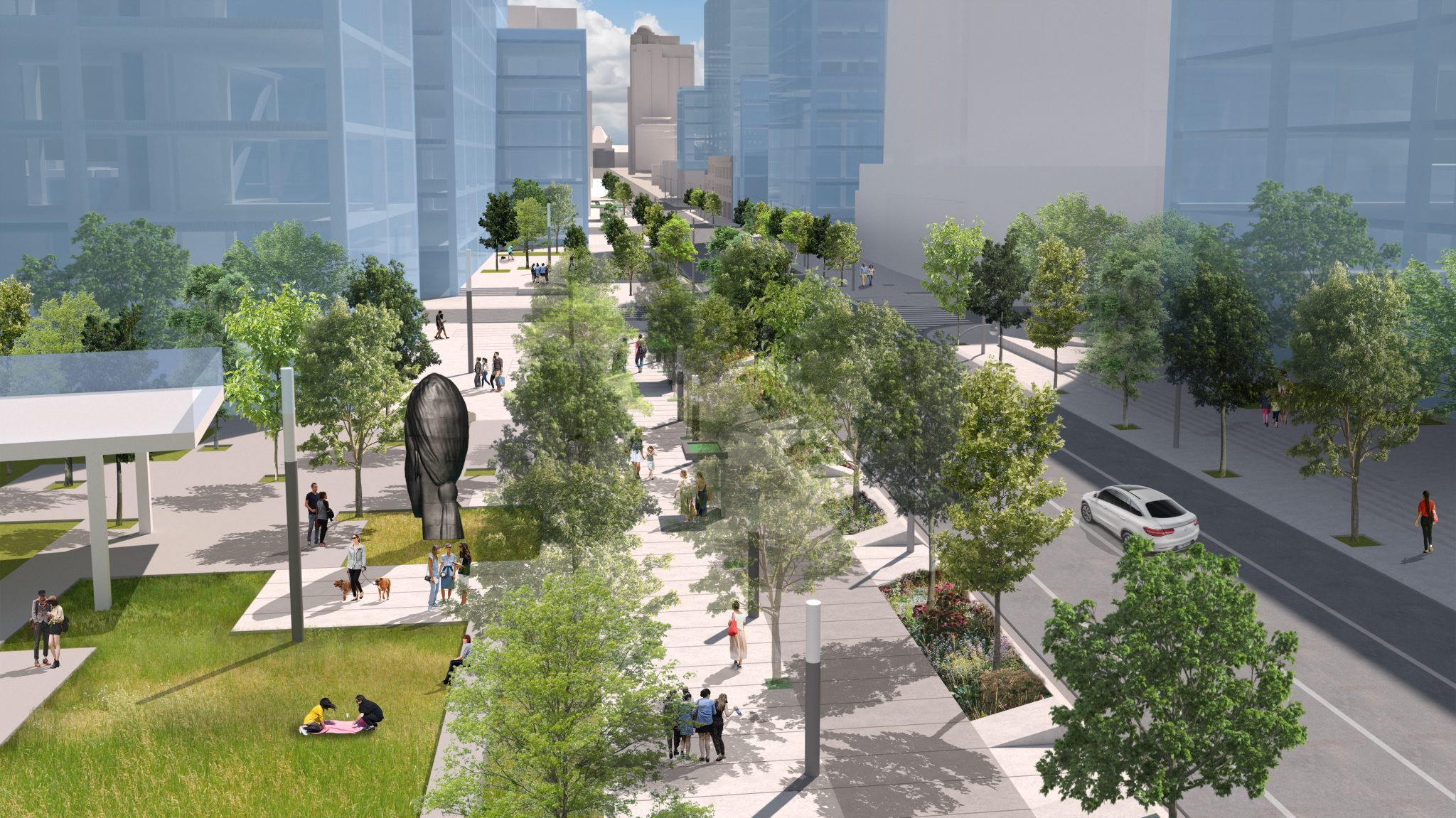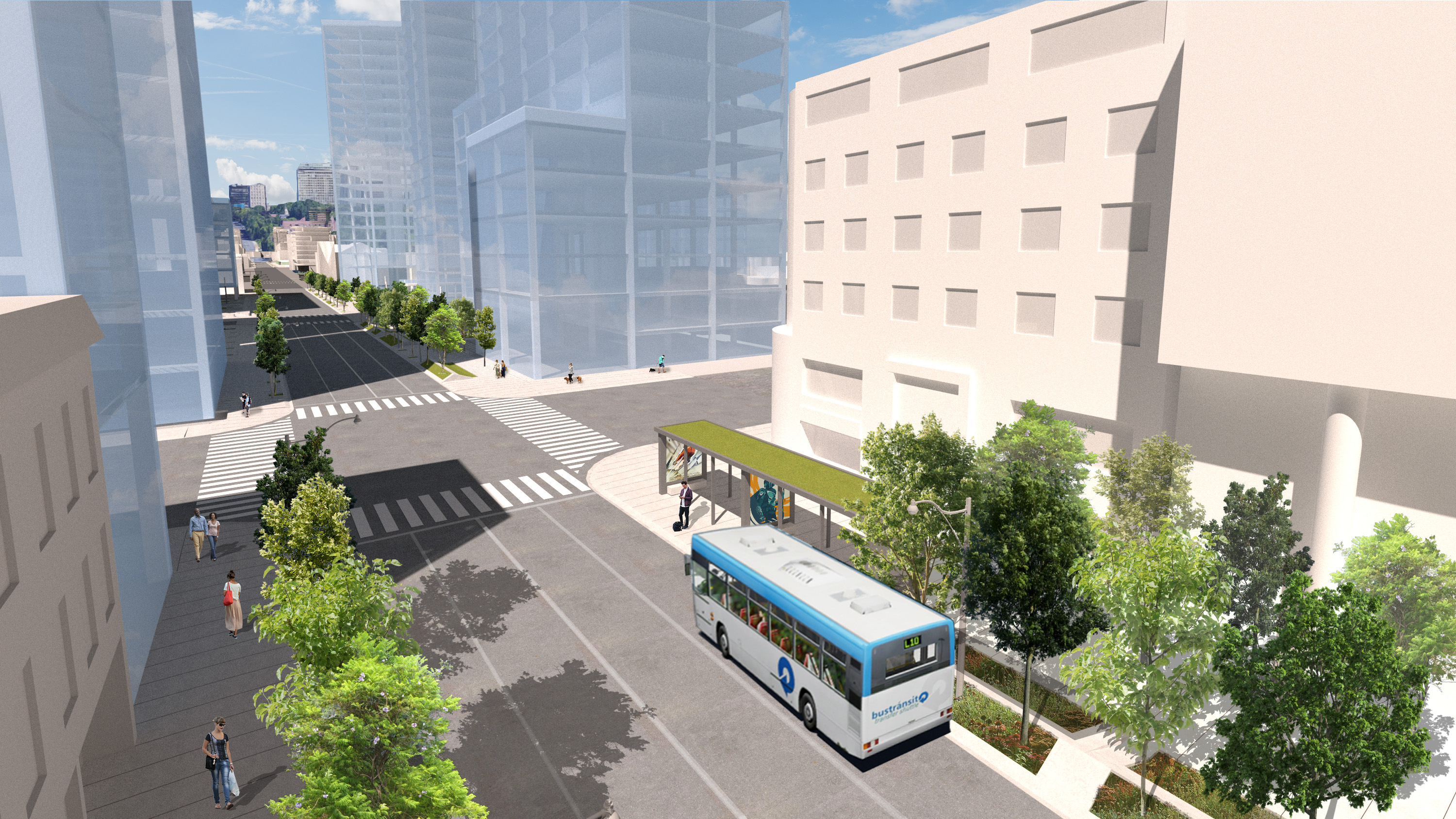Creating x-minute neighborhoods has become a goal for many urban areas… but how can we actually measure their accessibility? In other words, what’s the best way to quantify ‘x’? Researchers from the University of Canterbury, New Zealand have focused on this question in their latest paper. They write, “different approaches can ignore inequalities amongst residents; for example, if the average time is considered then, by definition, approximately 50 % of the residents will have to travel further.”
In the study, they look at 543 urban areas – the USA’s largest 500 cities and all 43 urban areas of NZ. The amenities they use are pharmacies, supermarkets, parks and primary schools, chosen based on data availability and alignment with established planning policies “that create health-promoting cities”
In general, x-minute statistics represent the cities access to all of the amenities under consideration. This differs from amenity statistics that evaluate the accessibility of just one amenity. So, if you live a 3-minute walk from a park, 4 from a school, 6 from a supermarket, and 8 from a pharmacy, your block would be assigned an amenity time of 3 minutes, but an x-minute time of 8 minutes. Aggregating those x-times for a whole neighborhood or city provides a broader picture of how accessible a neighborhood is.
But representing proximity through statistics is tricky. Do you choose the percentage of residents within x-minutes, the maximum travel time, the population weighted mean/median…. It’s a fairly long list of options, and each one offers benefits and drawbacks. For example, the metric you chose may obscure important information. In the paper, the authors discuss Perris, California. 40% of its residents are within 20-minutes of all amenities, which sounds great…but over 10% of residents live more than 75-minutes away, making those people amenity-poor. They also highlight damaging inequities in planning – Riverdale, a majority-black community in southern Chicago has been isolated from its basic amenities. There, a travel time of 1 hour to a supermarket is typical, and the effects can be seen in the health statistics, with 84% of residents at risk of food insecurity.
As part of this, the researchers have developed an interactive visualization tool that maps and measures the x-minute and amenity statistics for a range of amenities.
Even so, there are still lots of measurement challenges involved in adopting the x-minute city approach. For example, where do you draw your geographical boundary? If the boundary contains a significant portion of rural residents, the statistic will underestimate access for urban residents. What amenities should be included? The types of access that communities require will vary across age, gender, religion, and culture. If that’s not considered, the authors write “we may unintentionally create mono-type communities… and therefore fail to realize the benefits of diverse cities.” And finally, what is an acceptable x? The goal of the x-minute city vision is to enable and encourage people to walk or cycle to their destinations. But the travel time that people consider feasible will vary by the individual and the amenity itself. You might be happy to walk 15 minutes to a pharmacy, but perhaps that’s too far to carry your groceries.
The paper’s authors conclude that while the x-minute city concept is extremely helpful in discussions on how best to create inclusive, safe, resilient and sustainable cities, the use of a single travel time is too simplistic, and could result in access-poor residents being overlooked. As the lead author, Dr Tom Logan, wrote in The Conversation, “The greater aim should be to improve accessibility as much as possible to reduce our dependence on cars and reclaim our neighborhoods for people. This will benefit our health, sustainability and communities.”






